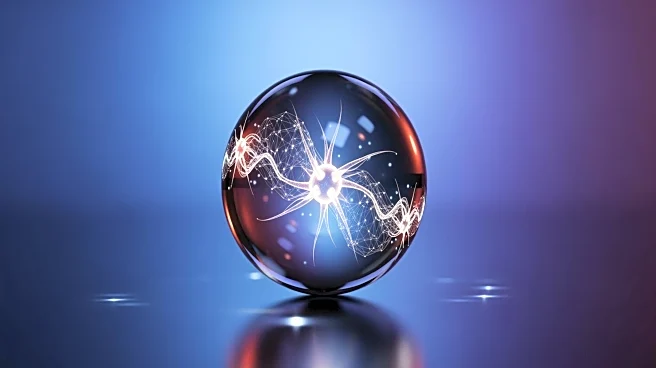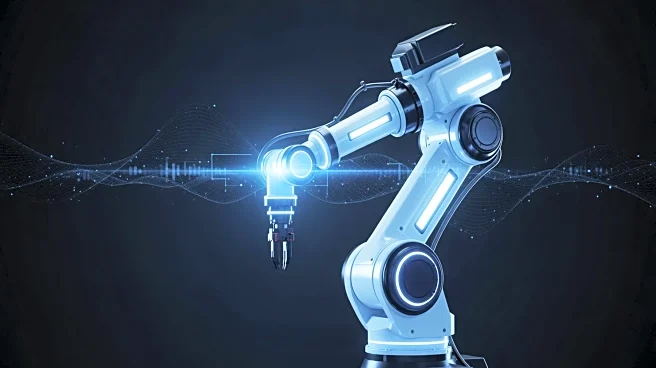What's Happening?
Researchers at Stanford University have utilized artificial intelligence to map over 54,000 earthquakes at Italy's Campi Flegrei volcano since 2022. This study, led by doctoral researcher Xing Tan, has
revealed a ring-shaped fault beneath the caldera, which spans about seven miles west of Naples. The discovery provides a clearer understanding of the volcano's inner structure, highlighting stress zones that were previously invisible. The AI-driven approach has improved seismic monitoring by recognizing tiny, overlapping signals that traditional methods missed, allowing for more accurate detection of subtle shifts and small earthquakes.
Why It's Important?
The findings are significant as they reshape the understanding of Campi Flegrei's geological structure, which is crucial for assessing earthquake risks in the region. The ability to map faults with greater precision aids in predicting potential seismic activity, which is vital for the safety of the densely populated areas surrounding the caldera. The research underscores the importance of AI in enhancing seismic monitoring capabilities, potentially leading to better emergency preparedness and response strategies. This advancement could also be applied to other volcanic systems, improving global earthquake risk assessments.
What's Next?
The study's results are expected to inform Italy's Civil Protection emergency plans, which categorize the area into zones based on eruption and ash hazards. The new map allows for more accurate estimates of potential shaking, aiding in the placement of shelters and emergency services. As the AI model continues to improve with more data, it could provide near real-time monitoring of seismic activity, offering valuable insights into the relationship between pressure changes and earthquakes. This ongoing research may lead to enhanced predictive models for volcanic activity worldwide.
Beyond the Headlines
The integration of AI in seismic monitoring represents a significant shift in how scientists study and interpret geological phenomena. This approach not only improves the accuracy of earthquake detection but also offers a deeper understanding of the underlying mechanisms driving seismic activity. The success of the model at Campi Flegrei highlights the potential for AI to revolutionize the field of geophysics, providing communities with the tools needed to better prepare for natural disasters.













